DJ decks, also known as turntables, are the essential tools for DJs to mix and manipulate music tracks with precision and creativity. These devices consist of a rotating platter, tonearm, stylus, and pitch control, allowing DJs to control the speed and timing of the music. DJs use the decks to perform techniques such as beatmatching, scratching, and sampling, adding their unique touch to the music. Whether you’re a beginner or a seasoned professional, mastering the art of DJ decks is crucial for a successful DJ career.
Brief History of DJ Decks

DJ decks have a rich history that dates back to the early 1900s when the first record players were introduced. Originally used for playing vinyl records, DJ decks became popular in the 1970s with the rise of hip-hop and disco music. Technological advancements brought forth the introduction of digital DJ decks, which revolutionized the industry and allowed DJs to manipulate music using software and controllers. Today, DJ decks have evolved into sophisticated tools with advanced features, making them essential for DJs in various genres. Understanding the history of DJ decks provides insights into the origins of modern DJing techniques and equipment.
Types of DJ Decks and their Functions
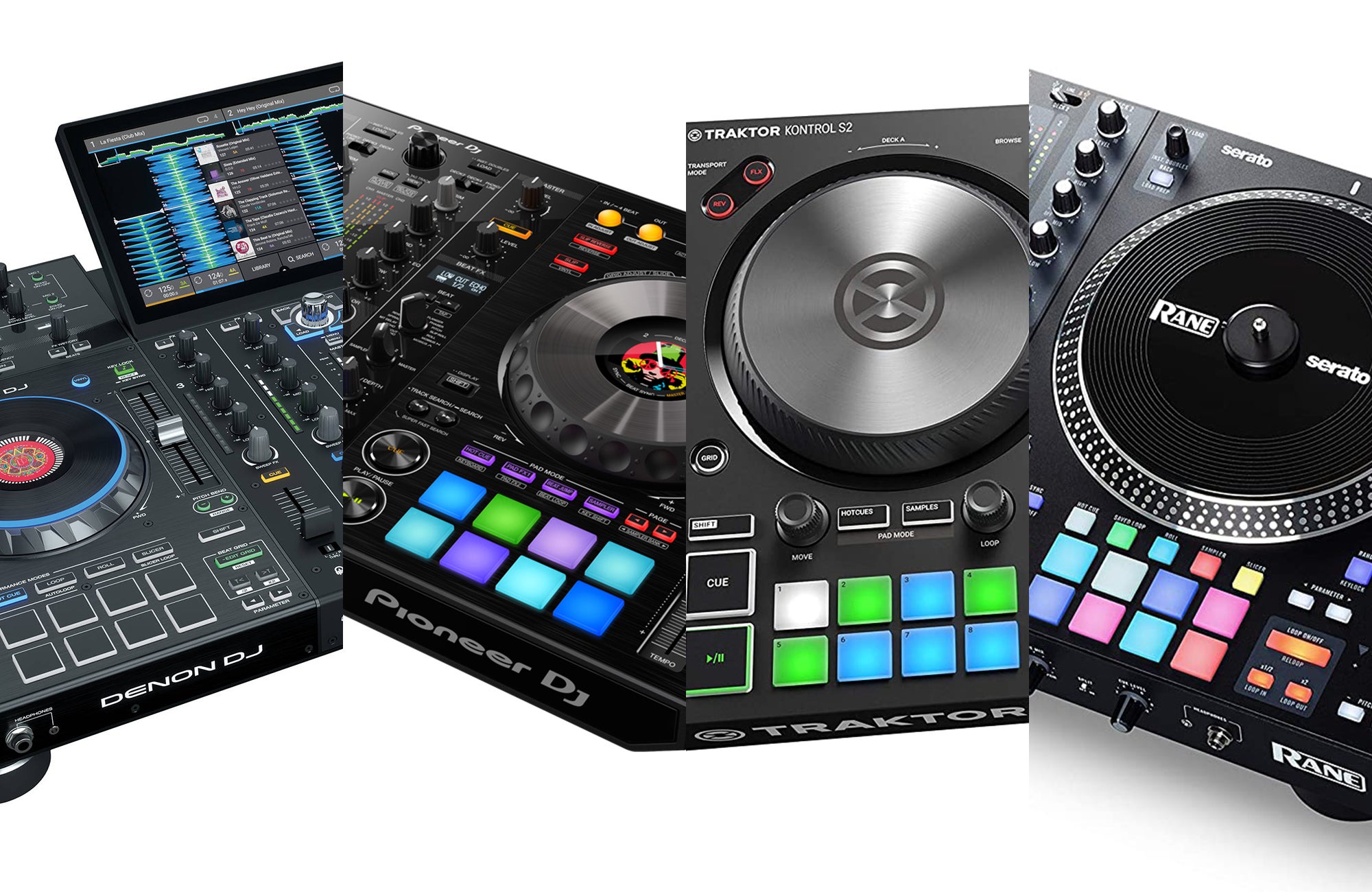
DJ decks come in various types with different functions that cater to the unique needs and preferences of DJs. Some popular types include turntables, CDJs, and digital DJ controllers. Turntables are commonly used for vinyl records, while CDJs are designed for CDs and USB devices. Digital DJ controllers offer advanced features and software integration for seamless mixing and manipulation of digital music files. Each type of DJ deck has its own set of functions that allow DJs to perform their creative magic and deliver captivating live sets.
Choosing the Right DJ Deck Setup

When it comes to choosing the right DJ deck setup, there are several factors to consider. First, determine your budget and the type of music you will be playing. Research different brands and models to find the one that best suits your needs. Consider the size and portability of the deck, as well as the features and connectivity options it offers. Finally, test out the decks if possible to see how they feel and perform before making your final decision.
Factors to Consider when Selecting DJ Decks
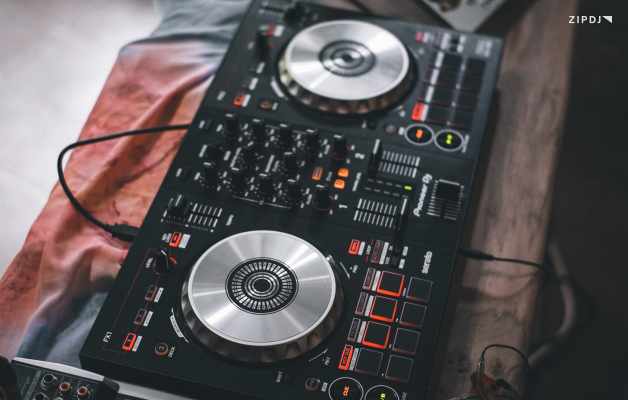
When selecting DJ decks, there are several important factors to consider to ensure you choose the right setup for your needs. First, establish your budget and determine the type of music you will be playing. Research different brands and models, considering their size, portability, features, and connectivity options. If possible, test out the decks before making your final decision to ensure they feel comfortable and perform well.
Popular DJ Deck Brands in the Market
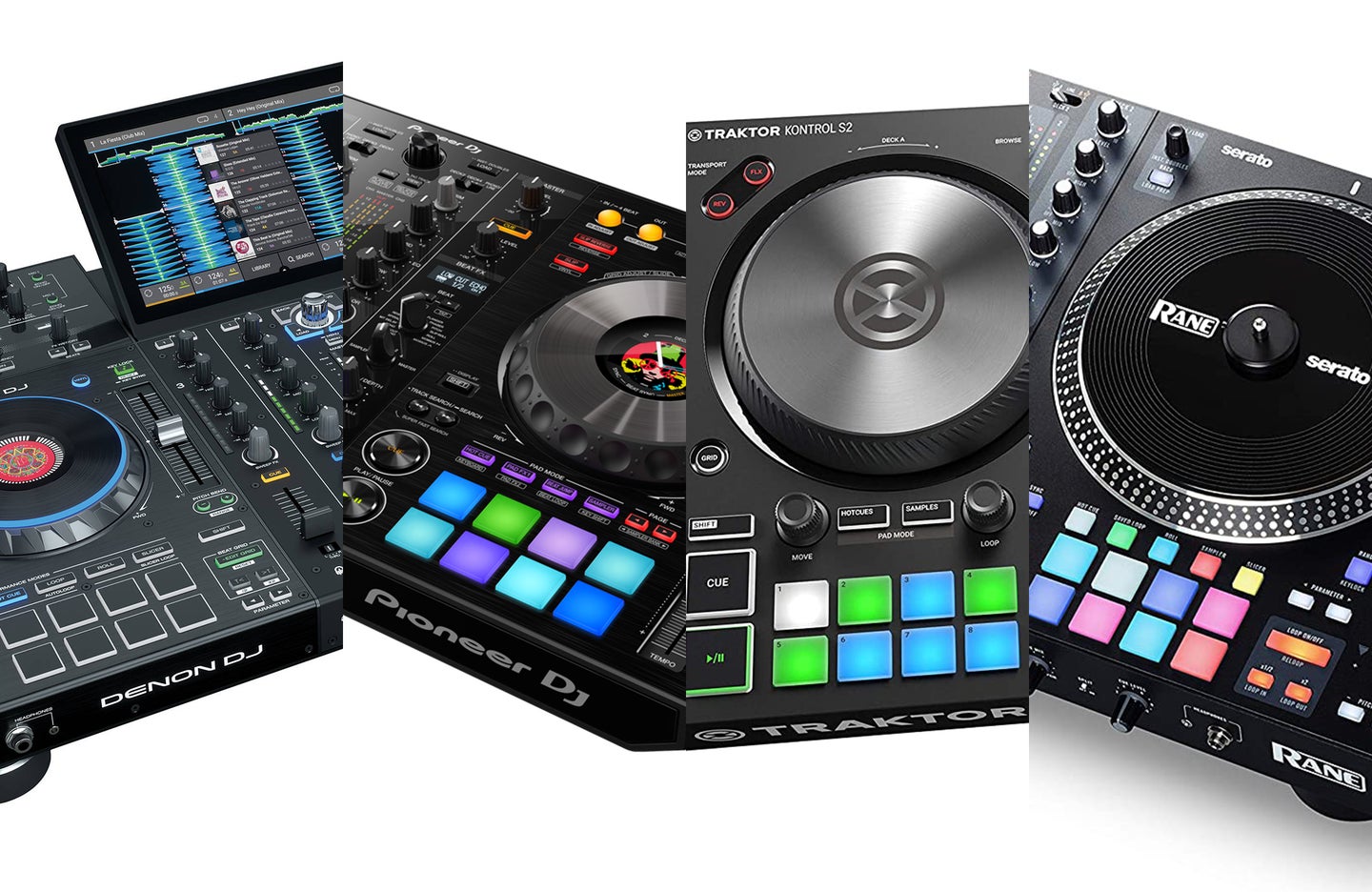
Some popular DJ deck brands in the market include Pioneer DJ, Numark, Denon DJ, and Native Instruments. These brands are known for producing high-quality decks with innovative features and reliable performance. When choosing a DJ deck, it’s worth considering the reputation and track record of these brands. Additionally, reading customer reviews and comparing specifications can help you make an informed decision.
Essential DJ Deck Techniques

Essential DJ Deck Techniques
- Beatmatching and Mixing: Master the art of seamlessly blending two tracks together by matching their beats and tempos.
- Effects and Samples Integration: Enhance your mixes by incorporating effects like filters and delays, as well as adding samples to create unique soundscapes.
- Cueing and Monitoring: Use headphones to cue upcoming tracks and monitor the mix, ensuring smooth transitions and precise timing.
- EQ and Sound Control: Understand how to use the equalizer to adjust the frequency levels of individual tracks, emphasizing or cutting certain frequencies for better balance.
- Phrasing: Learn to mix tracks based on their musical structure, ensuring that the beats and melodies align for a more harmonious mix.
- Blending and Transition Techniques: Experiment with different mixing techniques, such as crossfading, cutting, and fading, to create smooth transitions and maintain a consistent flow.
Remember, practice and experimentation are key to mastering these essential DJ deck techniques. Continuously refine your skills and develop your unique style to stand out in the competitive world of DJing.
Beatmatching and Mixing on DJ Decks
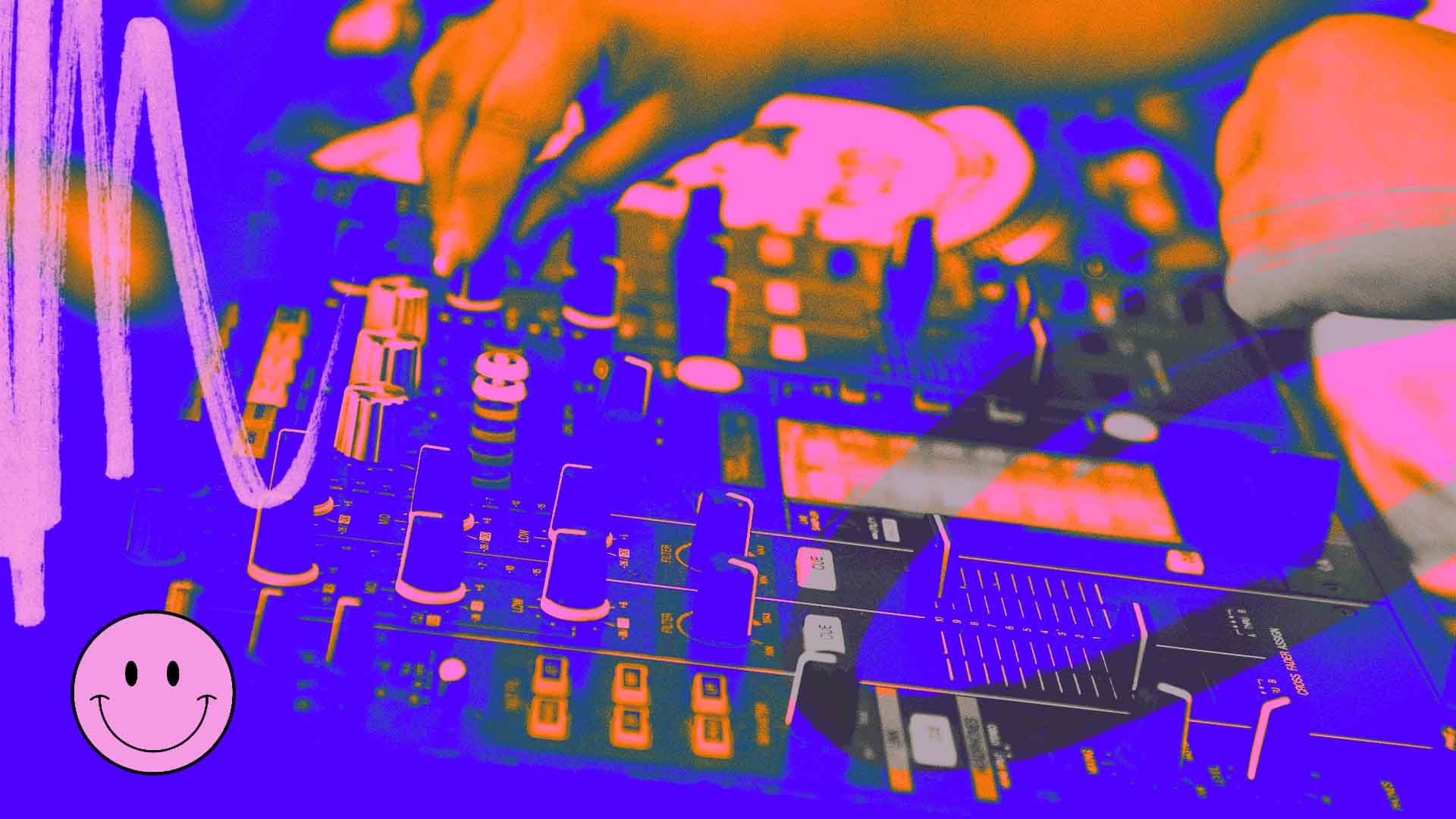
On DJ decks, beatmatching and mixing is a fundamental technique that DJs must master. By matching the beats and tempos of two tracks, DJs can seamlessly blend them together, creating smooth transitions and a continuous flow of music. This technique requires precision and a keen ear for rhythm, as DJs must closely listen to the beats of each track and adjust the tempo as necessary to ensure a seamless mix. DJs can use the pitch control on the DJ deck to speed up or slow down the tempo of a track, allowing them to match the beats and create a harmonious blend. With practice, DJs can become skilled at beatmatching and mixing, creating dynamic and engaging sets that keep the energy on the dance floor high.
Effects and Samples Integration with DJ Decks
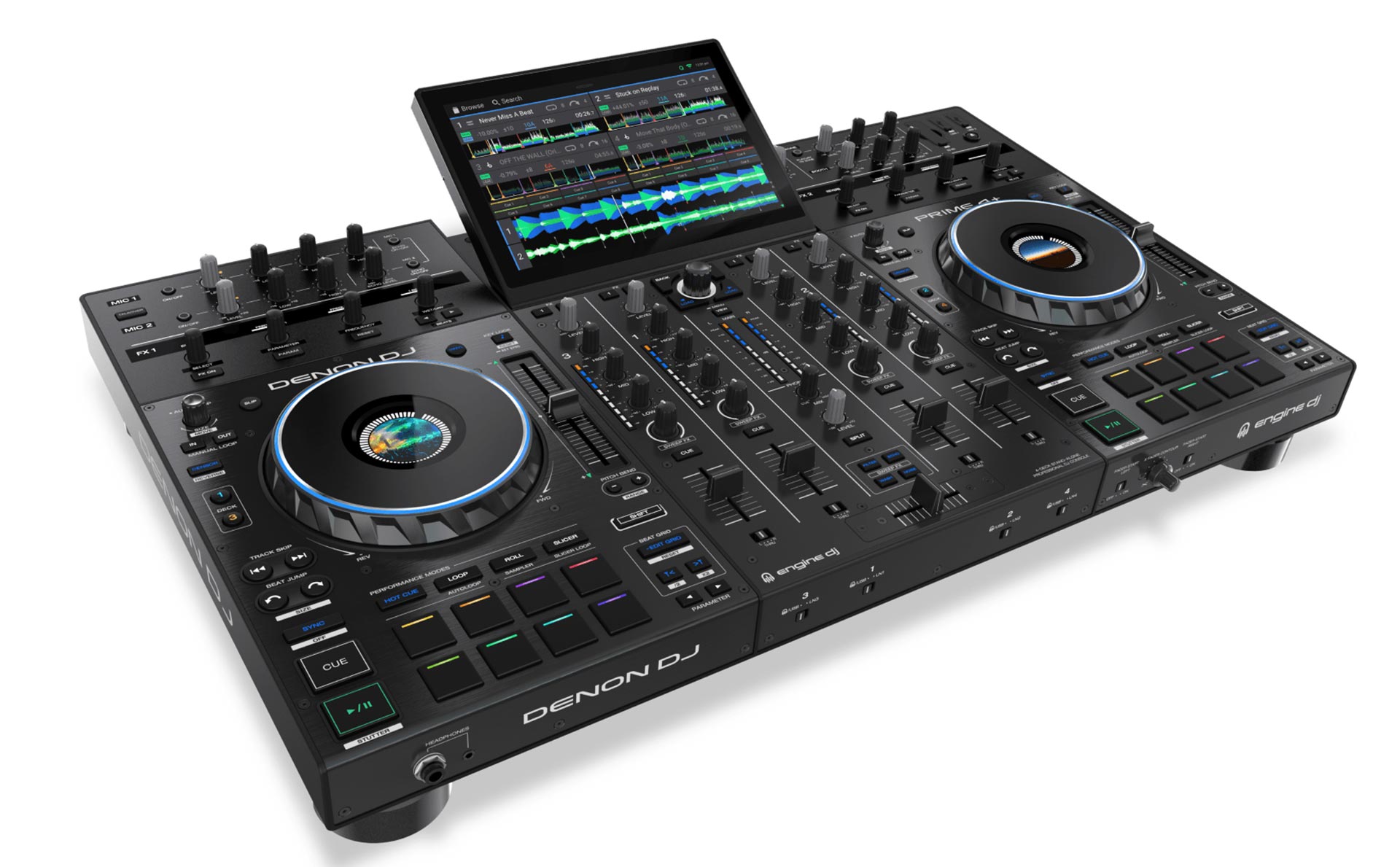
[h3]Effects and Samples Integration with DJ Decks[/h3]
Incorporating effects and samples into your DJ sets can elevate your performance and add unique elements to your mixes. To integrate effects, you can use the built-in effects on your DJ deck or external effects units. Experiment with filters, delays, and reverbs to create build-ups, transitions, and accents. Samples, such as vocal snippets or sound effects, can be triggered and layered over your tracks using sampler modules or software. Be selective with your choices and timing to enhance the energy and atmosphere of your sets. Practice and experimentation will help you master the art of effects and samples integration on DJ decks.
Advanced DJ Deck Skills
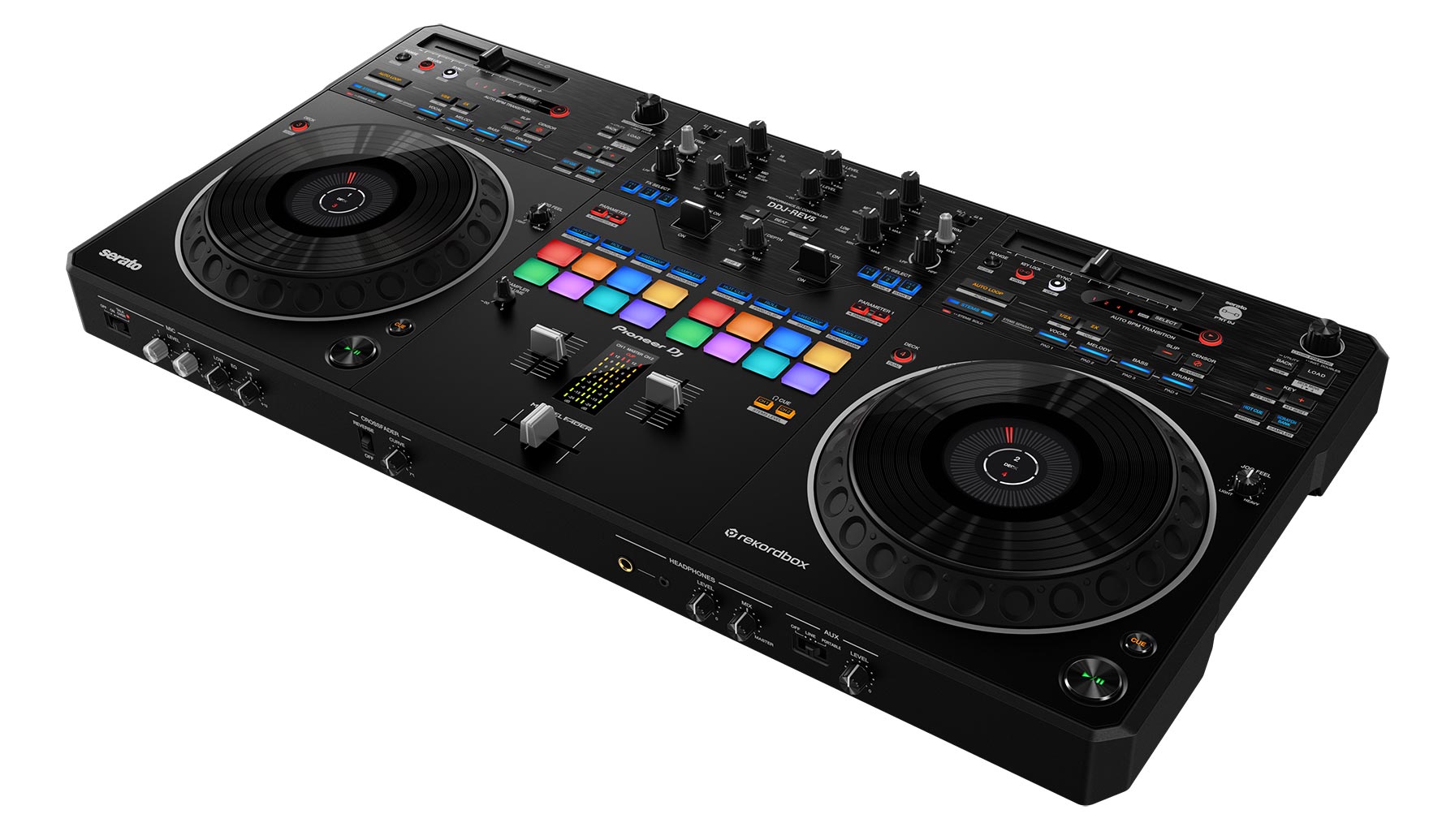
Advanced DJ Deck Skills
Scratching and Turntablism Techniques:
- Practice scratching techniques such as the baby scratch, chirp, and flare to add rhythmic and percussive elements to your mixes.
- Experiment with different scratch patterns, including transforming, crabbing, and strobing, to create unique sounds and textures.
- Use the crossfader and upfaders to control the volume and movement of the scratch sounds, adding dynamics and expression to your performance.
Layering and Looping Tracks on DJ Decks:
- Utilize the loop function on your DJ deck to create seamless loops of specific sections of a track, allowing for extended mixes and build-ups.
- Layer multiple tracks together by beatmatching and blending them using EQs and filters, creating intricate and harmonious mixes.
- Experiment with different loop lengths and positions to create tension and release, adding energy and excitement to your sets.
Scratching and Turntablism Techniques
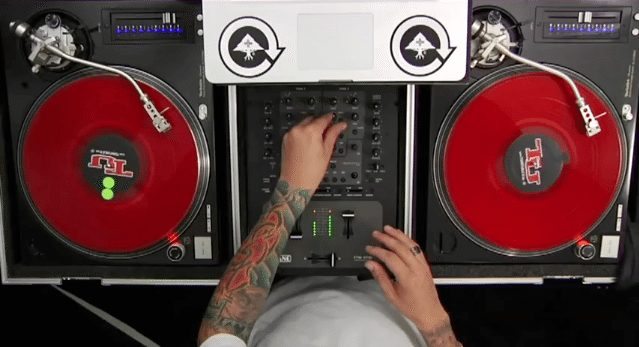
Scratching and turntablism techniques are essential skills for advanced DJs, adding rhythmic and percussive elements to mixes. Practice techniques like the baby scratch, chirp, and flare to master the art of scratching. Experiment with different scratch patterns such as transforming, crabbing, and strobing to create unique sounds. Utilize the crossfader and upfaders to control the volume and movement of scratch sounds for added dynamics and expression in performances.
Layering and Looping Tracks on DJ Decks

One of the advanced skills you can master on DJ decks is layering and looping tracks. To create intricate and dynamic mixes, experiment with blending multiple tracks together, utilizing effects and filters to enhance the transitions. Use looping techniques to extend catchy sections or create repetitive elements for added energy and creativity in your performances. Practice precise timing and seamless transitions to create seamless blends and build anticipation on the dancefloor. With practice, you can master the art of layering and looping tracks, taking your DJ skills to the next level.
DJ Deck Maintenance and Care
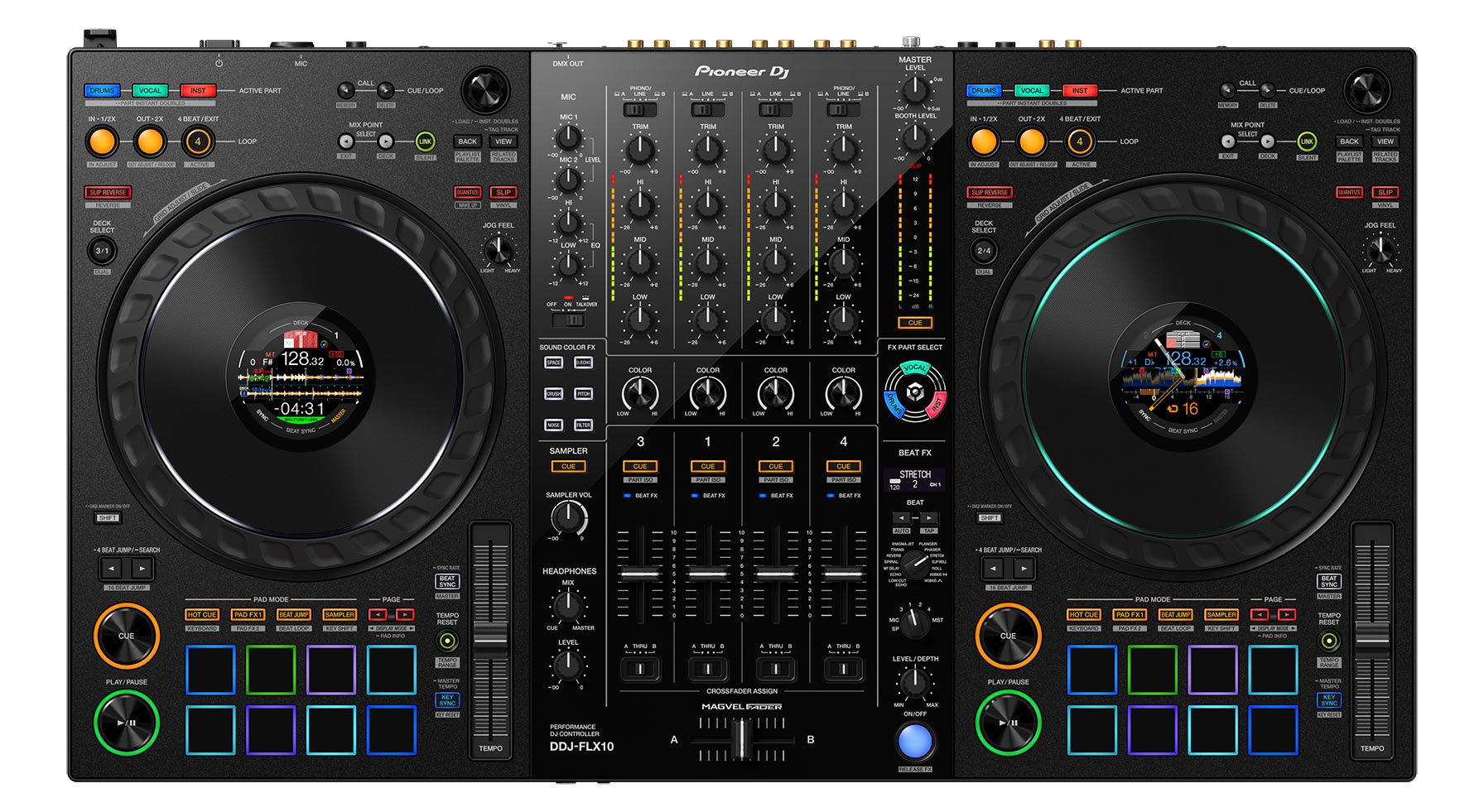
DJ Deck Maintenance and Care
Proper maintenance and care are vital for keeping your DJ decks in optimal condition. Here are some tips to ensure longevity and reliable performance:
- Regularly clean the decks and faders with a soft cloth to remove dust and dirt.
- Use a specialized cleaning solution to clean the vinyl records and stylus.
- Keep the decks covered when not in use to protect them from dust and moisture.
- Check and replace any worn-out or damaged cables to avoid signal issues.
- Avoid exposing the decks to extreme temperatures or direct sunlight.
- Store the decks in a safe and secure location to prevent accidental damage.
- Perform regular maintenance tasks, such as calibrating the pitch control and lubricating moving parts, as recommended by the manufacturer.
By following these maintenance and care practices, you can extend the lifespan of your DJ decks and ensure top-notch performance for all your DJing sessions.
Cleaning and Maintenance Tips for DJ Decks

To keep your DJ decks in optimal condition, follow these cleaning and maintenance tips:
- Regularly clean the decks and faders with a soft cloth to remove dust and dirt.
- Use a specialized cleaning solution to clean the vinyl records and stylus.
- Keep the decks covered when not in use to protect them from dust and moisture.
- Check and replace worn-out or damaged cables to avoid signal issues.
- Avoid exposing the decks to extreme temperatures or direct sunlight.
- Store the decks in a safe and secure location to prevent accidental damage.
- Perform regular maintenance tasks, such as calibrating the pitch control and lubricating moving parts, as recommended by the manufacturer.
Protecting your DJ Decks from Wear and Tear

To ensure the longevity of your DJ decks, it’s crucial to take proactive measures in protecting them from wear and tear. One way to do this is by using protective covers when the decks are not in use, keeping them shielded from dust and moisture. Additionally, regularly inspecting and replacing worn-out or damaged cables can prevent signal issues and extend the lifespan of your decks. Finally, avoid exposing the decks to extreme temperatures and direct sunlight, as these can damage sensitive components.
Conclusion
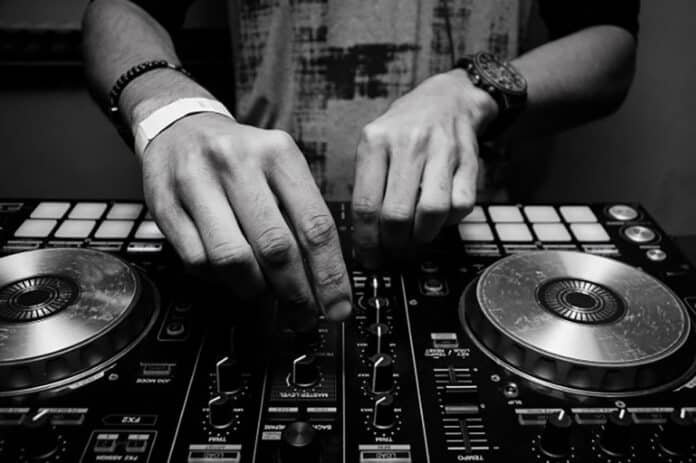
Conclusion
In conclusion, mastering the art of DJ decks requires a combination of technical skill, creativity, and a solid understanding of equipment and techniques. By following the tips and techniques outlined in this guide, DJs can elevate their performances and create memorable experiences for their audiences. Remember to practice regularly, experiment with different techniques, and stay up to date with the latest trends in the DJ industry. With dedication and passion, anyone can become a master of the DJ decks. Happy spinning!
Tips for Mastering DJ Decks
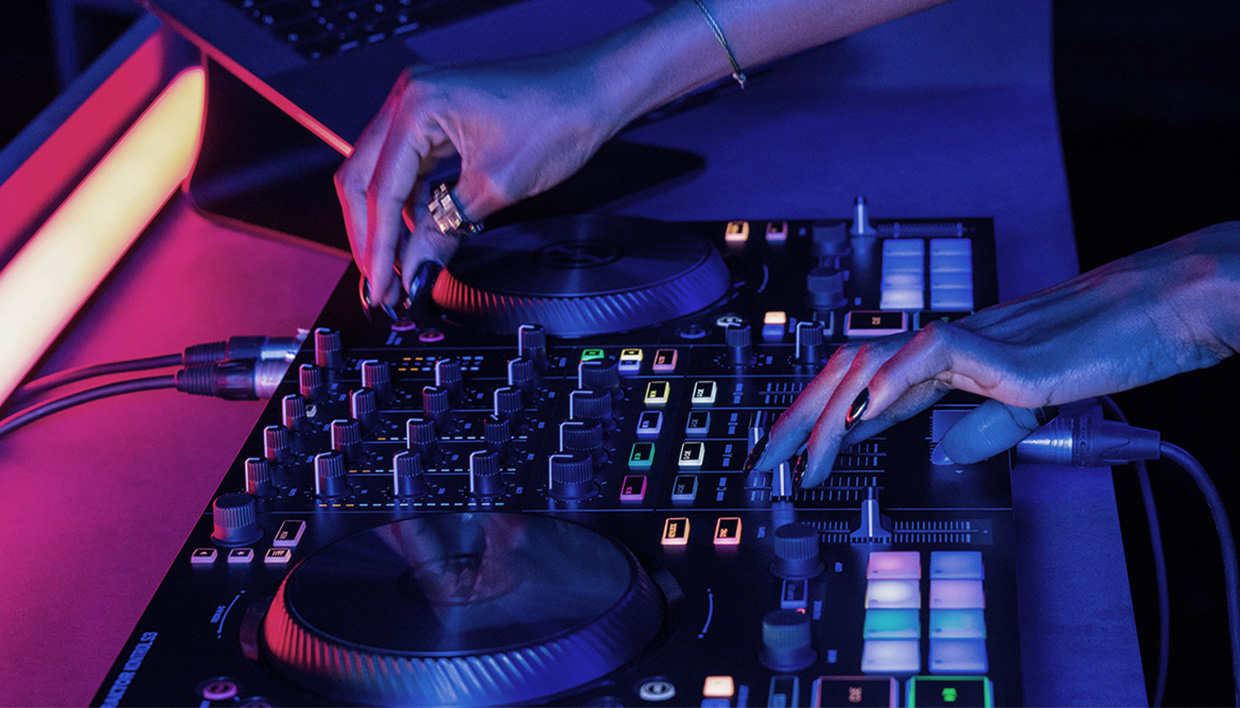
Practice regularly to improve your skills on the DJ decks. Experiment with different techniques to find your unique style. Stay up to date with the latest trends in the DJ industry. Push your boundaries and challenge yourself to try new things. Connect with other DJs and learn from their experiences. Enjoy the process and have fun while mastering the art of DJ decks.
Resources for Further Learning
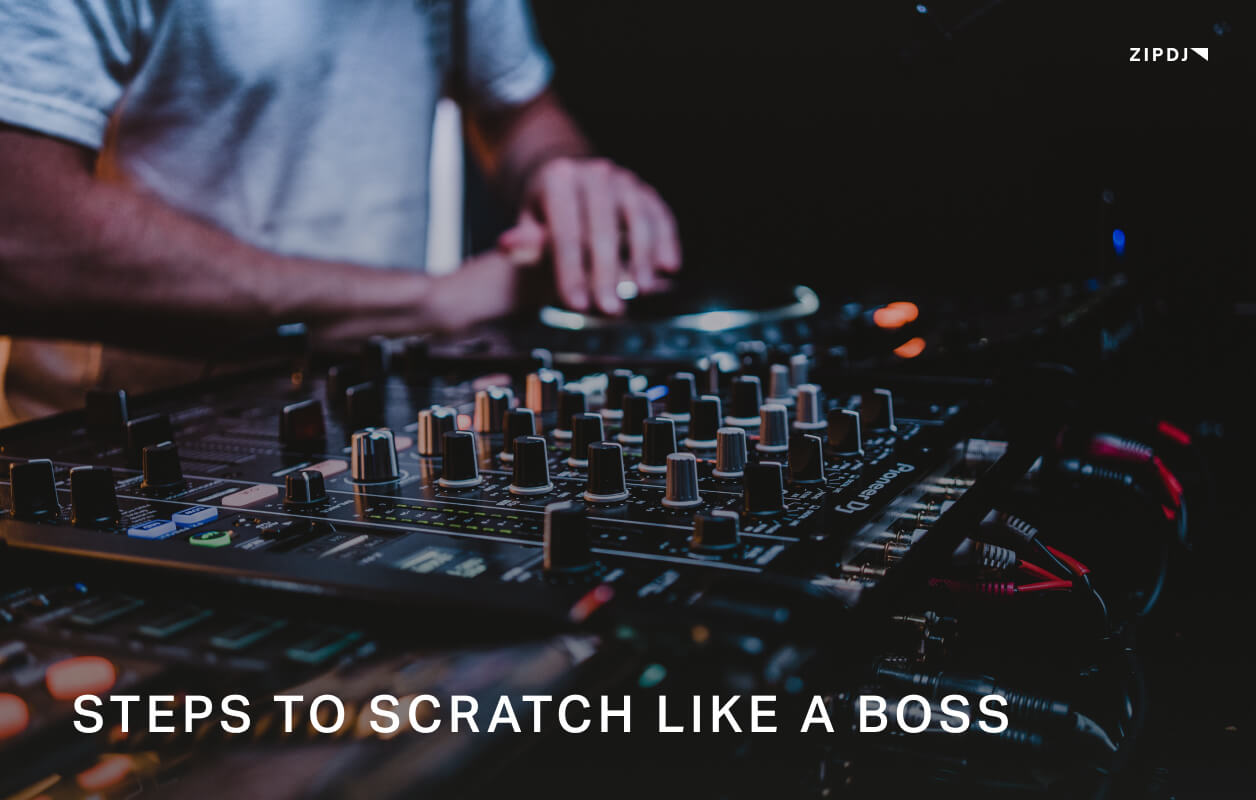
Resources for Further Learning
- Online DJ courses and tutorials: Platforms like Udemy, Skillshare, and DJ TechTools offer a wide range of courses and tutorials for all skill levels.
- DJ forums and communities: Engage with fellow DJs on forums like DJTechTalk and Reddit’s r/DJs to exchange knowledge and get valuable insights.
- YouTube tutorials: Many DJs share their techniques and tips on YouTube, so take advantage of this free resource.
- DJ workshops and seminars: Attend workshops and seminars conducted by experienced DJs to learn firsthand from industry professionals.
- DJ equipment manuals: Study the manuals of your DJ decks and equipment to understand their features and functionalities fully.
Remember, continuous learning is key to mastering DJ decks. Explore these resources, practice, and never stop honing your skills.